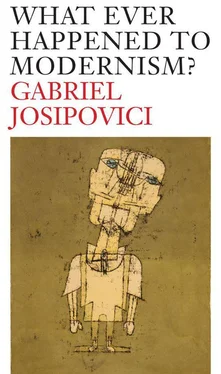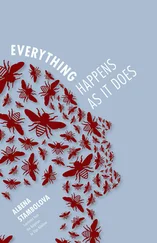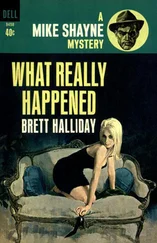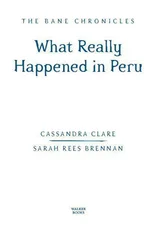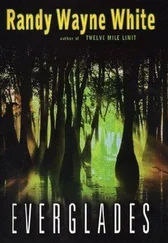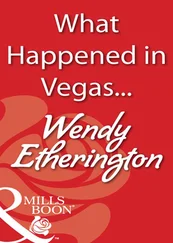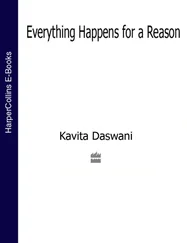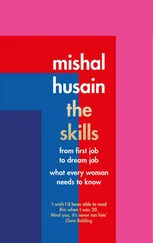What Barthes said about the classic novel and Merleau-Ponty about the classic landscape applies to this bit of prose. The story moves forward in its inevitable progression, imparting information evenly and calmly: ‘the first Cubists … They shattered surfaces … After the austerity …’ Nothing is at stake here, nothing signals to us that at every moment choices were being made, decisions taken, lives being ruined or saved. And I am not talking about a more biographical approach being needed, only an awareness that living and telling are not the same thing at all, and that though we, as readers and viewers looking back, inevitably lack the sense of what it was like to live certain moments, the historian can work to counter that, as indeed the best ones do, and, when dealing with works of art we can, if we are good enough critics, get close enough to them to convey something of what their making involved for their makers and first viewers.
Such a critic is Rosalind Krauss. Here is the start of her remarkable long essay on the series of little collages Picasso made between the autumn of 1912 and the spring of 1913, as he was gradually emerging from his passionate involvement with Cubism:
At first they seem to rotate through the crystalline atmosphere like so many weightless facets, the glittering light of an invisible gem. Now one of the fragments appears aqueous, like water beading the side of a bottle; now it dries to the shimmer of dust motes struck by a ray of sunlight…
But then there arises the sound of voices. They speak of a political meeting, of market shares. Someone tells of a woman who poisoned her lover, ‘A chauffeur kills his wife,’ says another. Who says? Whose voice?…
Though she does not say so in so many words, Krauss sees these collages as constituting as remarkable a series as any in the artist's oeuvre, and as marking a crucial moment in Modernist art. But she senses that, if she is to open our eyes so that we can see what she sees, she will have to work from the inside, not merely repeat the clichés of previous commentators.
The voices she is talking about are those that spring out of the fragments of newspaper the artist has cut up to use in these works. Scholars have recently begun to read these as well as seeing the shapes that have been made out of them, and have come up with fascinating facts. Picasso made great use of articles on the looming Balkan wars (‘Les Alliés signent l'Armistice. La Grèce s'abstient’), as well as of the kind of faits-divers Félix Fénéon used in his delightful Nouvelles en trois lignes (‘In Fontainebleau a tramp turns himself in for murder’), the financial news, and advertisements for everything from biscuits to massage parlours. He also, and more obviously, cut up headlines to provide witty allusions, ‘Un Coup de Théatre’, for example, becoming ‘Un Coup de Thé’, not only a (sort of) cup of tea but an allusion to Mallarmé's great poem, recently published in its correct format.
How are we to read these fragments? Who, as Krauss puts it, is talking? Some scholars have argued that they reflect Picasso's own anarchist, left-leaning views: ‘The news items accumulate’, Krauss quotes Patricia Leighton as saying, ‘to project an image of French politics as venal, power-mongering, and posing a crazy threat to all those values of humanity and civilisation that Picasso's work had always embraced.’ Others say that we are required simply to get the ‘feel’ of the different voices, not to decode them, that they represent Picasso and his friends sitting round a café table (the objects depicted in these collages are, apart from the musical instruments, the common furniture of the café tables of the time: glass and jug, bottle, newspaper, etc.) and talking endlessly about politics and life.
And what of the visual look of these little collages? Writing about Violin of autumn 1912 ( figure 4 ), Krauss points out that ‘One of the fragments of newspaper is the other's twin — having originally been scissored from the same sheet, so that, as in a jigsaw puzzle, both match along their common edge — only now flipped relative to the other, back to front.’ She goes on to demonstrate how Picasso conjures the violin into life and how he forces us to work to keep up with him. One of the pair of cut-outs, she argues, the lower one, ‘exploits the scrollwork of its left-hand edge to assume the profile of a violin. Or rather half a violin, since it depends on Picasso's drawn addition of bridge and neck and right-hand side to elaborate the musical instrument.’ The other fragment of newsprint, ‘placed above the violin's shoulders, deploys its own notches and curves to cup the pegs and scroll of the instrument, becoming thus their “background”. In this position the lines of type now assume the look of stippled flecks of graphite.’ Thus, she goes on, where the first fragment produced the meaning: density and opacity of physical object, this one ‘summons forth a different sign. Light , it declares, or atmosphere ’.
But Krauss has not finished. The magic of the whole collage, she suggests, rests on the fact that the two opposite meanings, light and opacity, are generated from the identical scrap of paper, the same physical shape. ‘Like Saussure's phonetic substance’, she says,
this support is seen to take on meaning only within the set of oppositions that pits one against another, the implosive p of up against the explosive p of put . Picasso's sheet, sliced in two, is thus a paradigm, a binary couple married in opposition, each taking on a meaning insofar as it is not the other. Figure and ground become this kind of contrary here, joined and redoubled by opaque and transparent or solid and luminous , so that just as one fragment is, literally speaking, the back side of the material from which the other was cut, the circulation of the sign produces this very same condition, but semiologically, at the level of the sign: front, solid, shape: behind, transparent, surround .
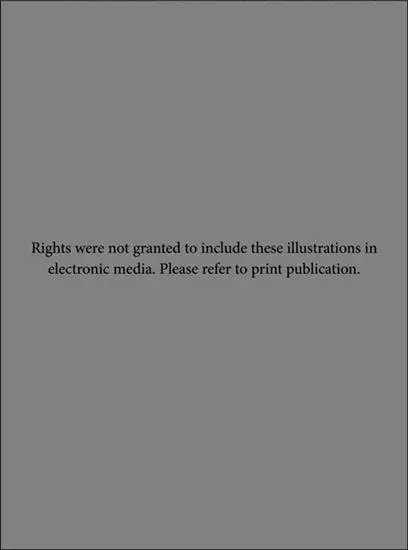
figure 4Pablo Picasso, Violin , Autumn 1912. Pasted paper and charcoal on paper.
And she goes on to draw a general conclusion:
Does [Picasso] need to declare any more forcefully that here, in the fall of 1912, with his new medium of collage, he has entered a space in which the sign has slipped away from the fixity of what the semiologist would call an iconic condition — that of resemblance — to assume the ceaseless play of meaning open to the symbol, which is to say, language's unmotivated, conventional sign?
What is particularly witty about this example is that in a sense the whole thing is done by means of the two f -holes of the instrument — ‘the fortuitous lettering offered up to him by the real’, as Krauss puts it — since he places one, very large, in opposition to the other, very small, inscribing them onto a flat surface that squarely faces the viewer:
It is their unequal size that then acts on this frontality, as it produces the sign for foreshortening, for the swivelling of the object into depth, like a door that is slowly swinging open. Scripting the f s onto the face of the violin, where manifestly there is nothing but flatness, Picasso writes depth onto an object set squarely before us and only as deep as a sheet of paper. ‘Depth’, he says […]
How does this depth relate to the ‘depth’ of the voices that have been speaking out of the newsprint itself? And how are we to take all these voices? To answer this Krauss turns to Bakhtin and to his comments on the multiple voices in a Dostoevsky novel. Bakhtin argues in his book on Dostoevsky that we are faced here with a wholly new kind of novel, a polyphonic work in which multiple voices make themselves heard. Every thought, he says, ‘senses itself to be from the very beginning a rejoinder in an unfinalized dialogue. Such thought is not impelled toward a well-rounded, finalized, systemically monologic whole. It lives a tense life on the borders of someone else's thought.’ But, as Bakhtin himself realises, it is easy to pay lip service to such an insight only to reduce the novel once again to monologue in one's mind (remember Kierkegaard on the difficulties of true negative thinking). One way of doing this
Читать дальше
